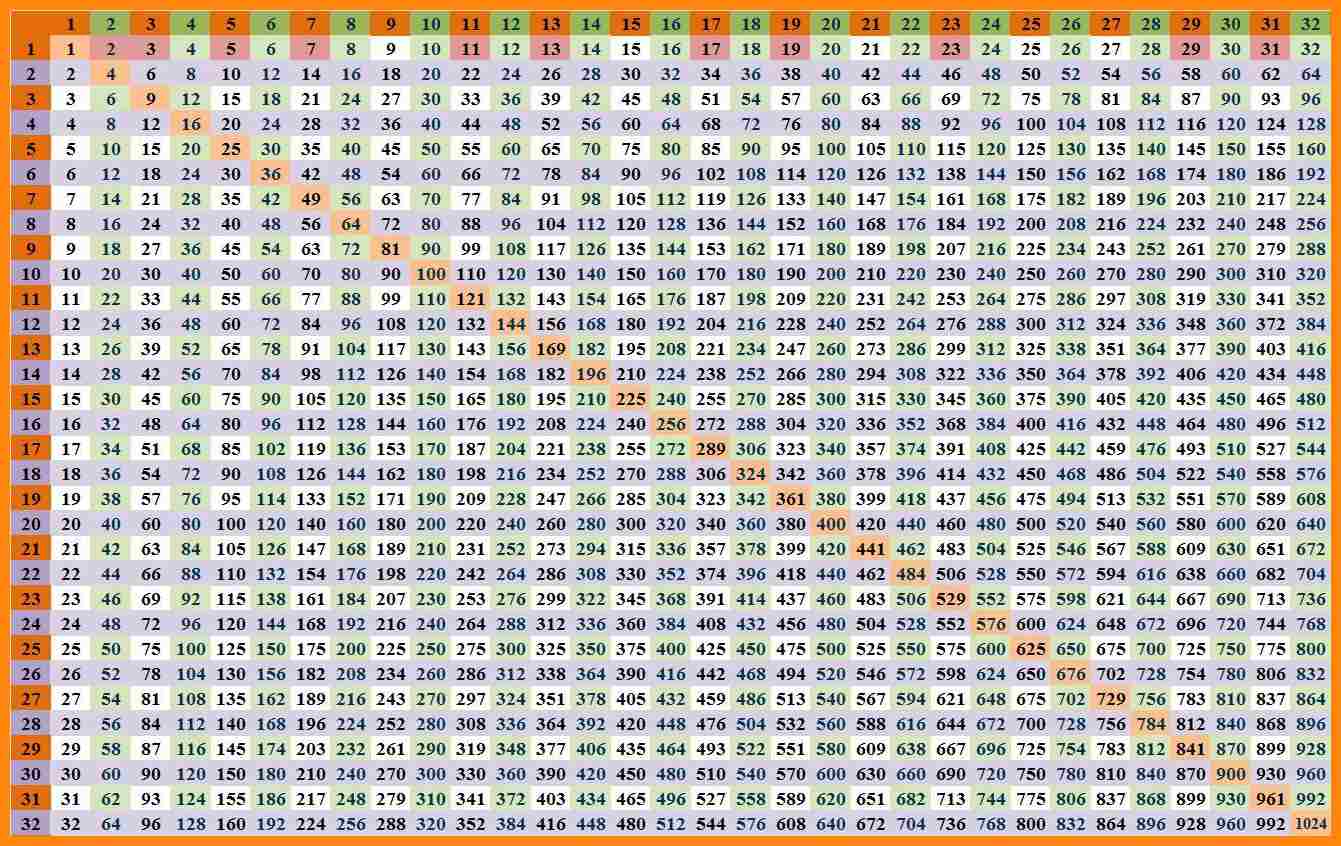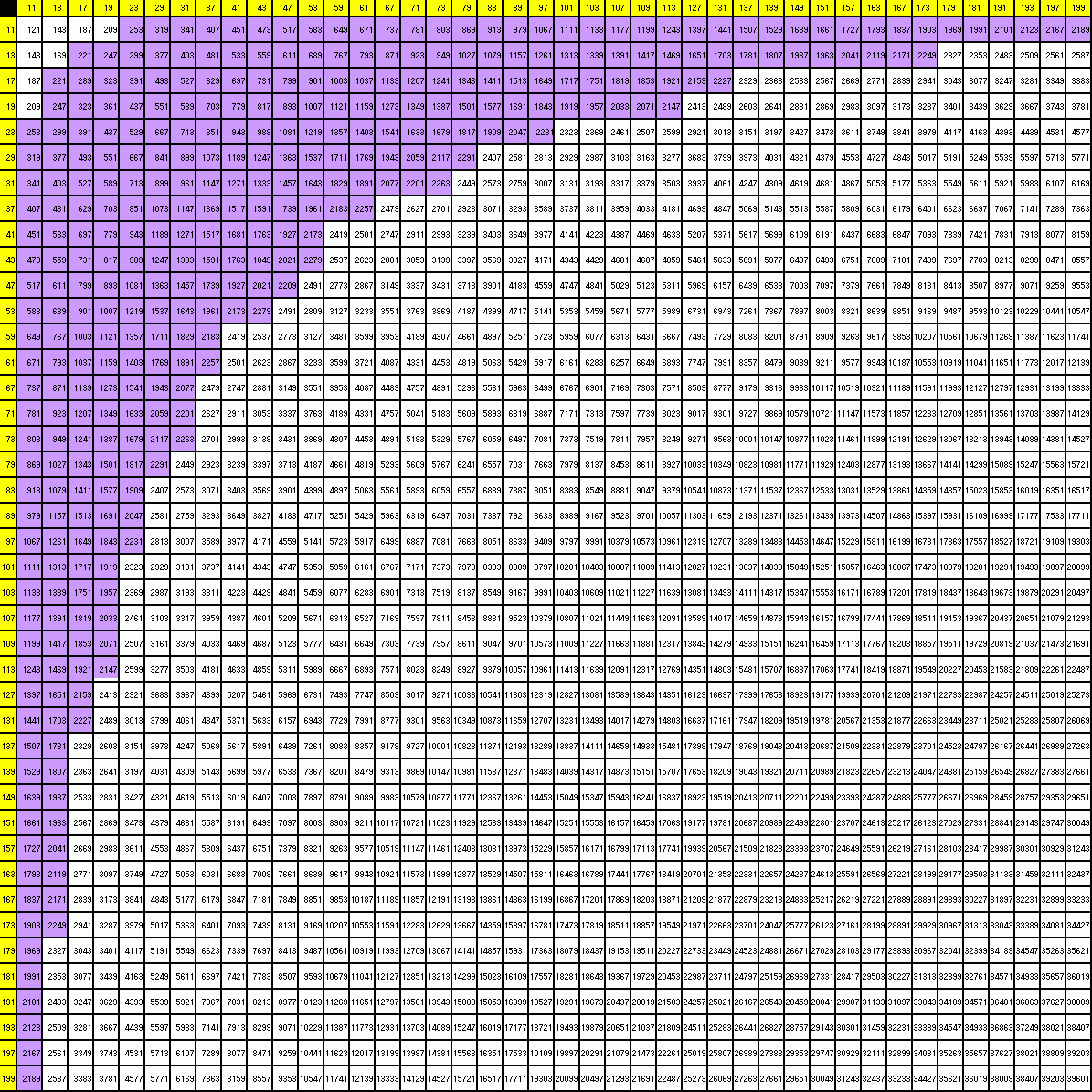
Structured drill for multiplication tables. Multiplication concept as repeated addition. Add a 2-digit number and a single-digit number mentally. Fact families & basic addition/subtraction facts. Using a 100-bead abacus in elementary math. Model B costs $75 now, but you will get a discount Model A, with the initial price $86.90, is discounted by 3/10 of its price. Which vacuum cleaner ends up being cheaper? A $45 cell phone is discounted by 5/100 of its price.ġ6. A bike that costs $126 is discounted by 2/10 of its price.ī. 
What is the new price? ( Hint: First find 1/10 of the price.)Ī. A pair of shoes that cost $29 was discounted by 3/10 of its price.
If you divide any whole number by 100, copy the dividend andġ0. If you divide any whole number by 10, copy the dividend and make it have. Simplify the final answer by dropping any ending decimal The dividend as your answer (without the commas), and then make it have three decimal digits: This makes it easy to divide whole numbers by 1,000: simply copy Number by 1,000, the answer will have thousandths or threeĭecimal digits. Thinking more about fractions and decimals Quite natural that the rule for division would work the “opposite” way. Right when multiplying by 10, 100, 1000 and so on, then it is Is identical to thinking that the decimal point moves twoīecause division is the opposite operation of multiplication-it So each one of those moves two “slots” in Number (3, 9 tenths, 1 hundredth, 5 thousandths) Ten times two-tenths gives us two, andĪgain, it is like moving the number over two “slots” to the left in the place value chart, or moving a decimal point in 0.2, two steps to the right. Tenths is like multiplying each tenth by 10, and by 10Īgain. This looks like moving the decimal point in the number to the right. The entire number moved one “slot” to the left on the place value chart. When 0.01 (a hundredth) is multiplied by ten, we get ten hundredths, which is equal to one tenth. You need to write zeros in front of the number. You need to write zeros in front of the number.įour steps to the _. 

Move the decimal point to the ( left / right ) for as many places (steps) as there are _ in the factor 10, 100, or 1000.

The shortcut for division by 10, 1 (powers of ten) is similar.








 0 kommentar(er)
0 kommentar(er)
